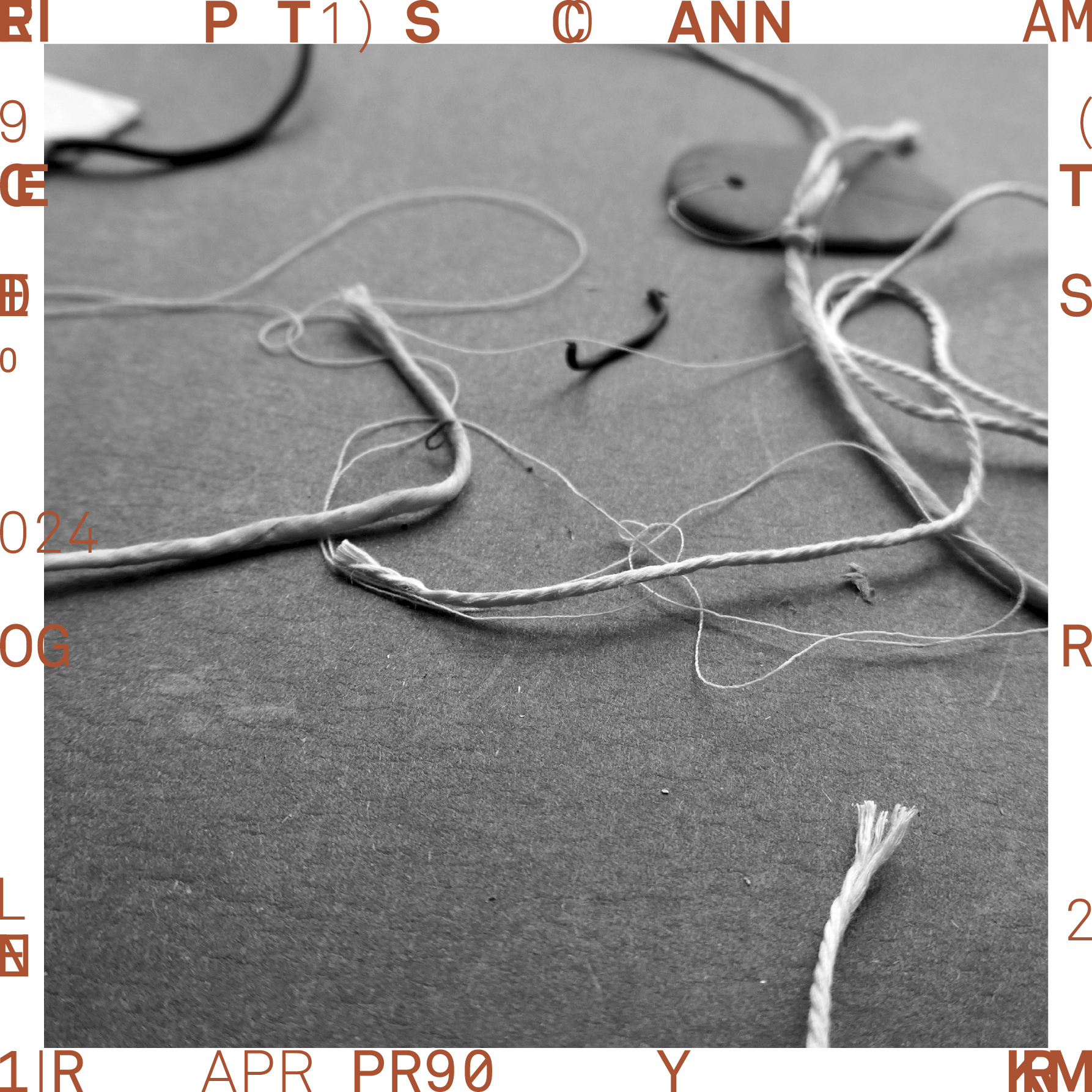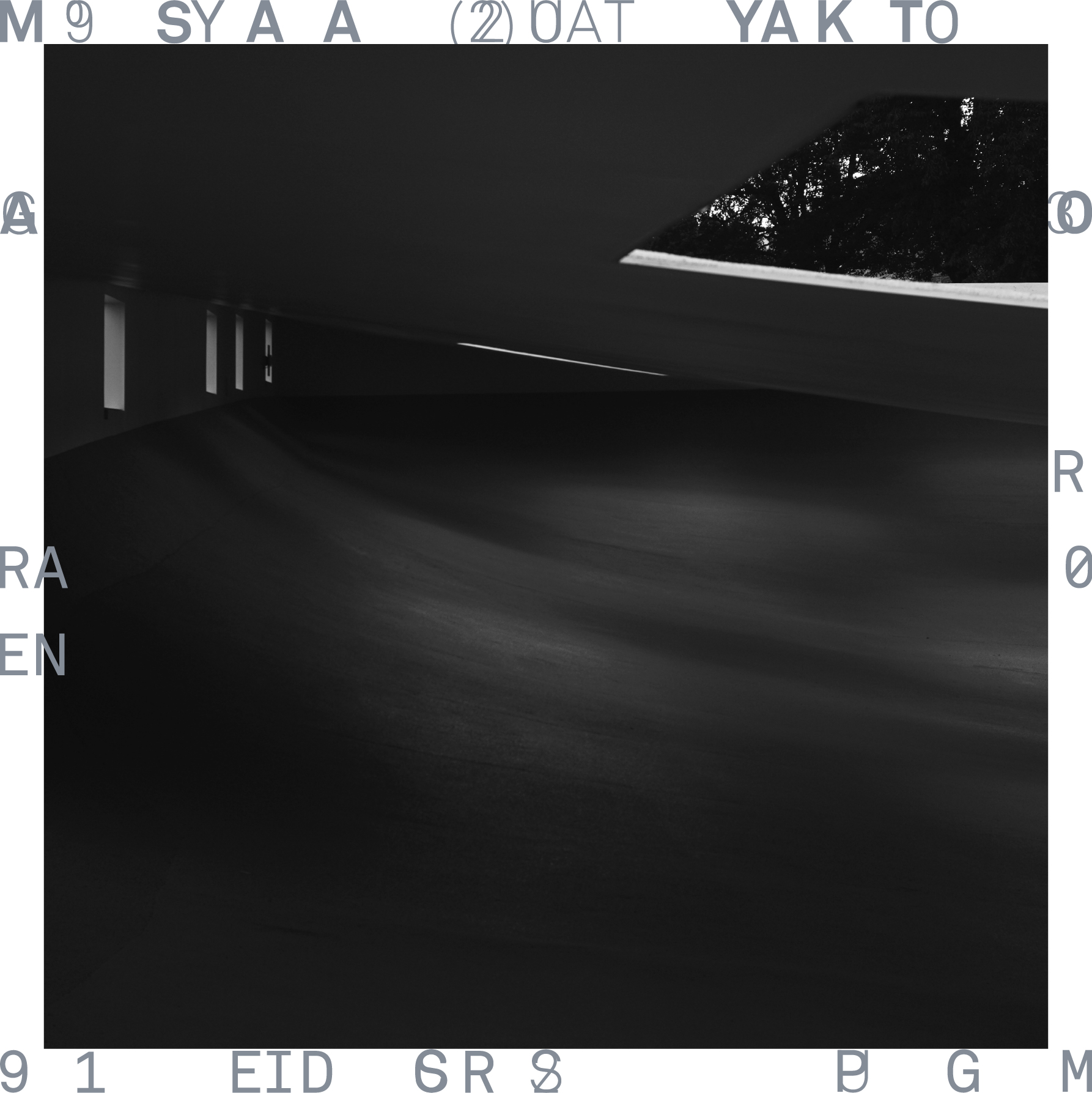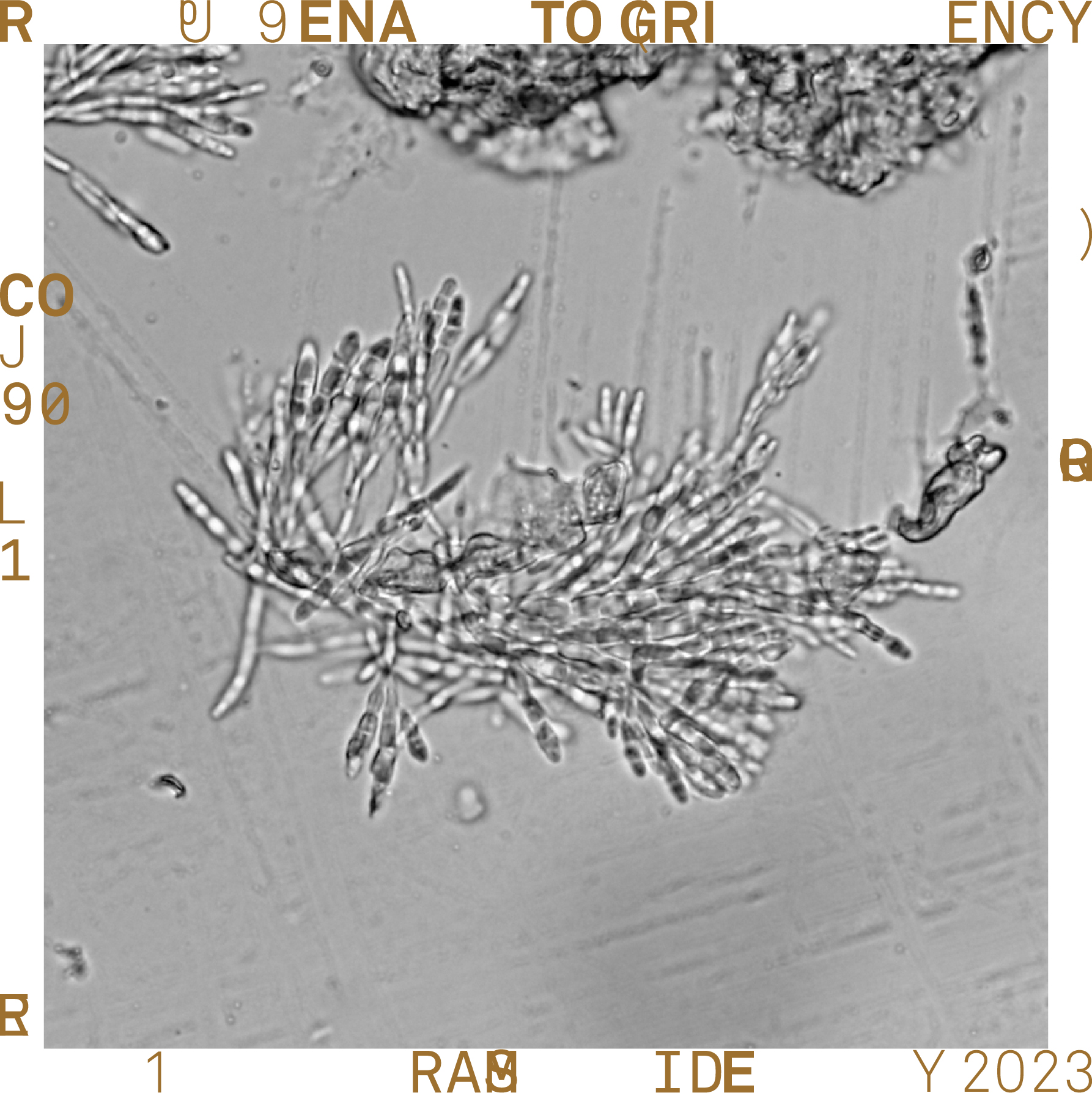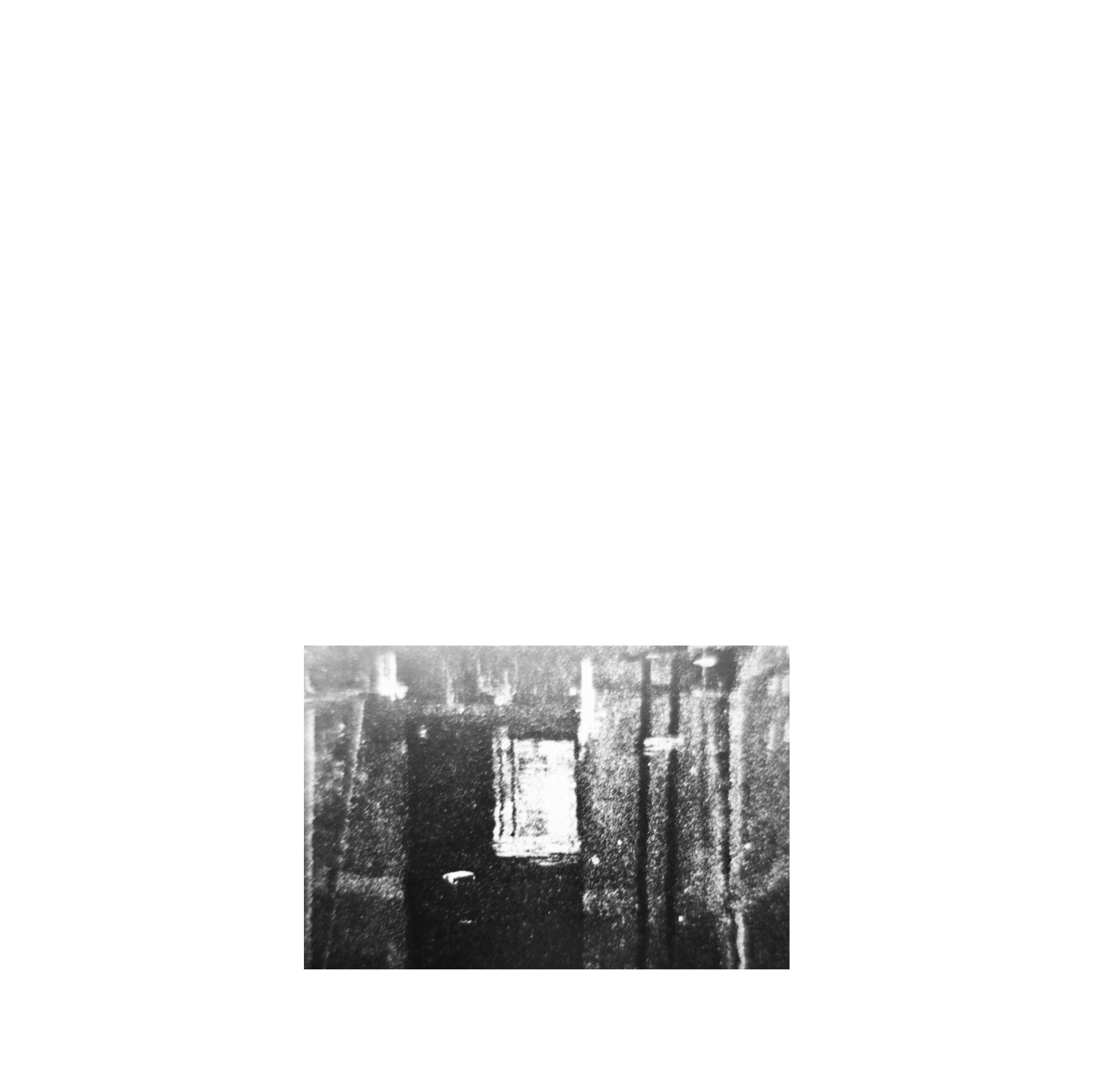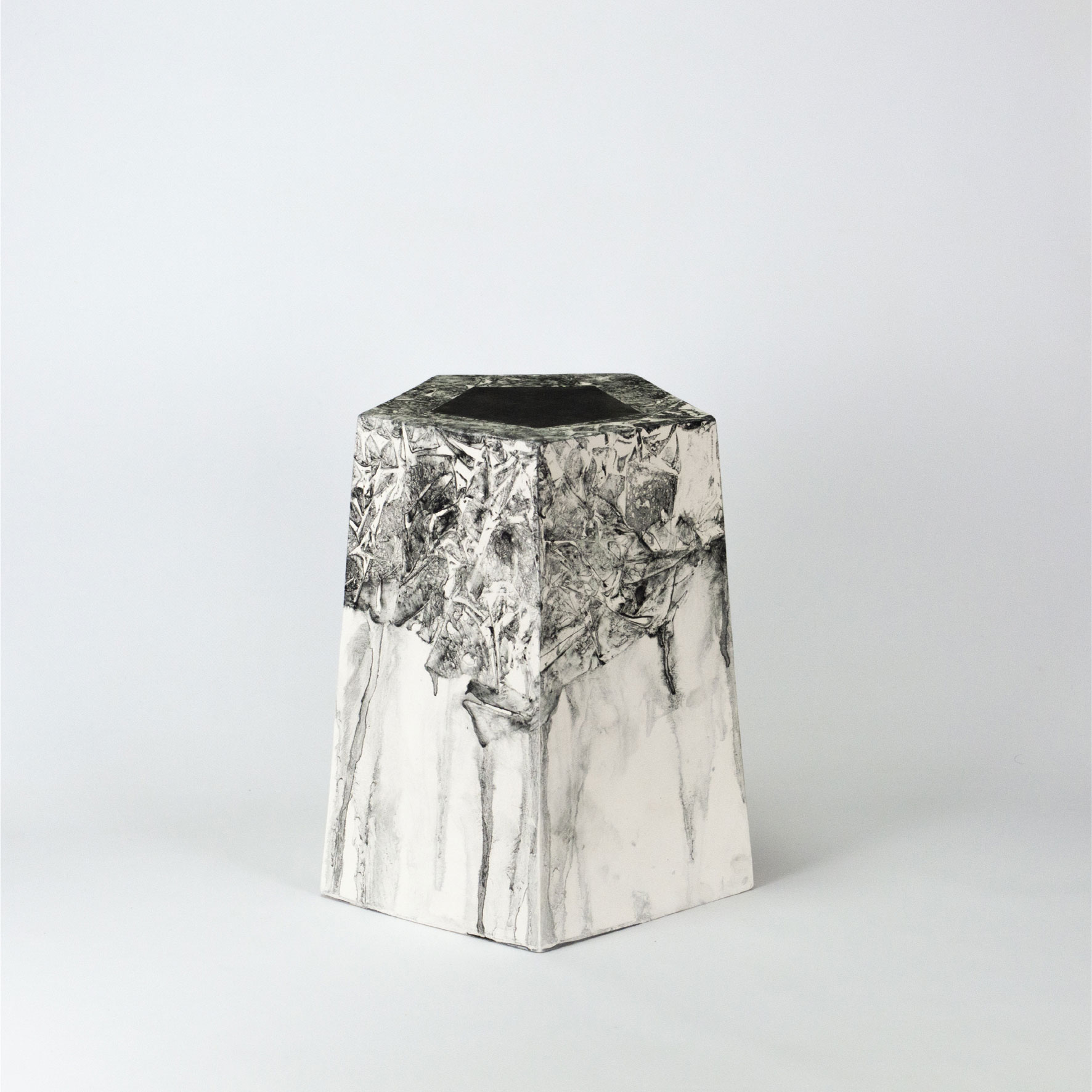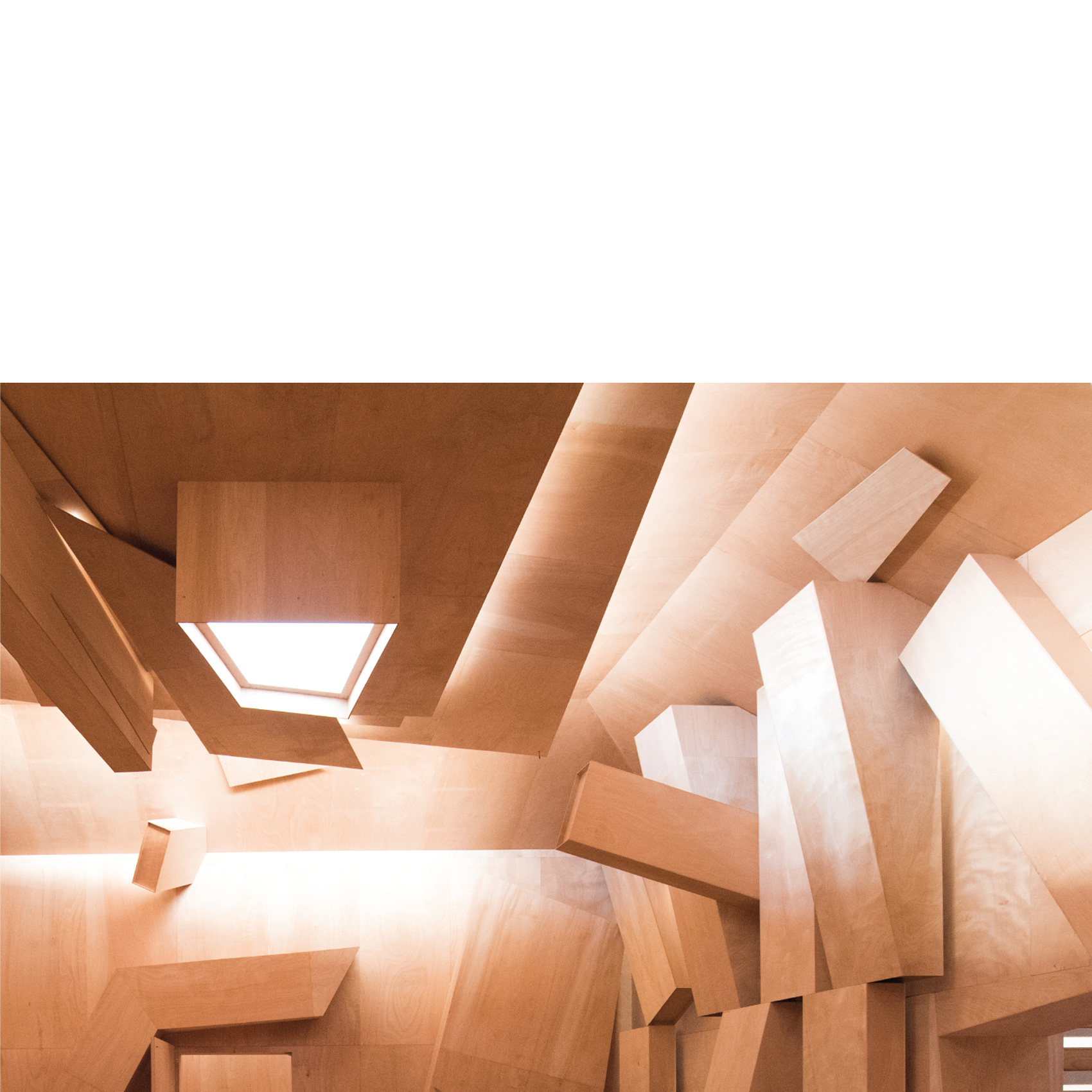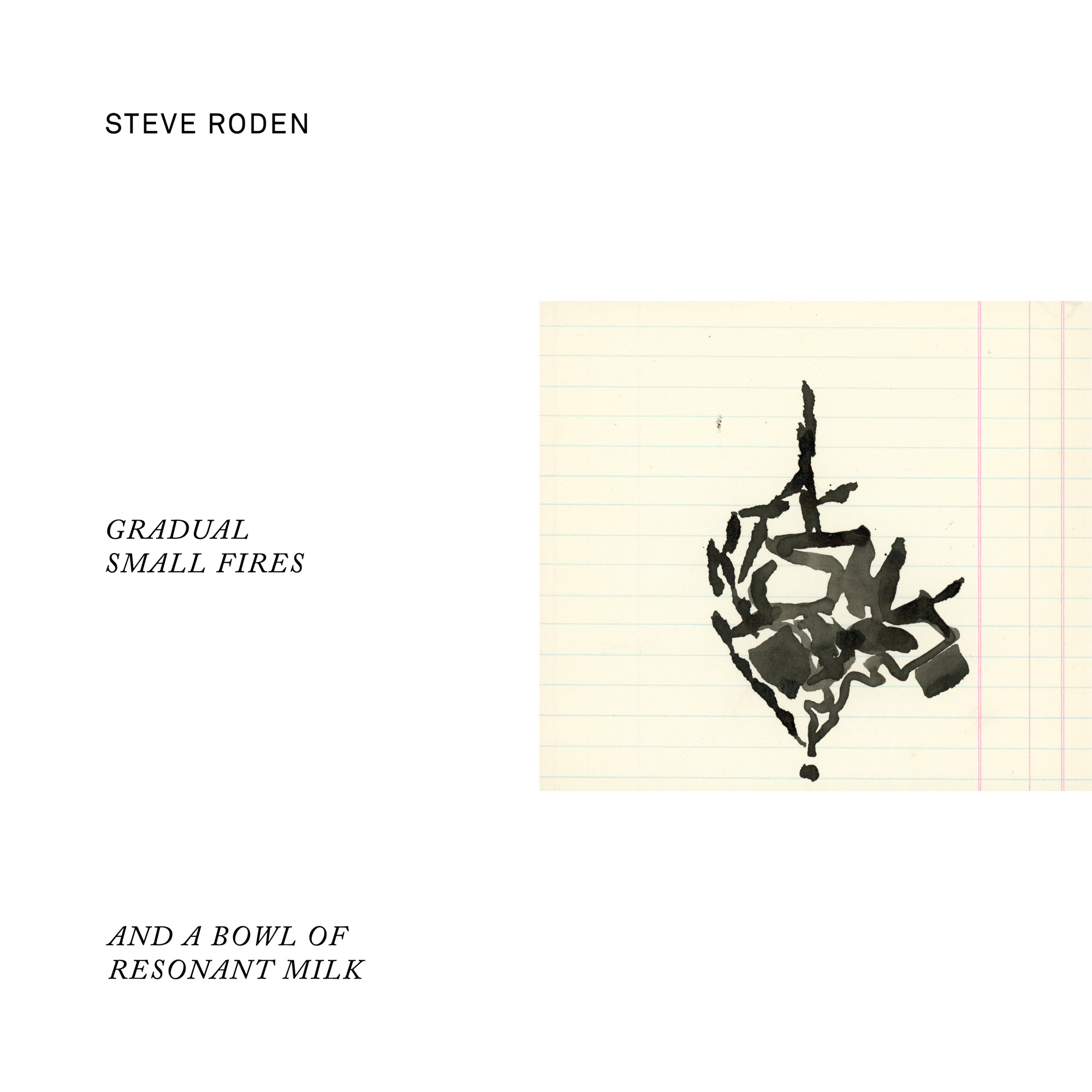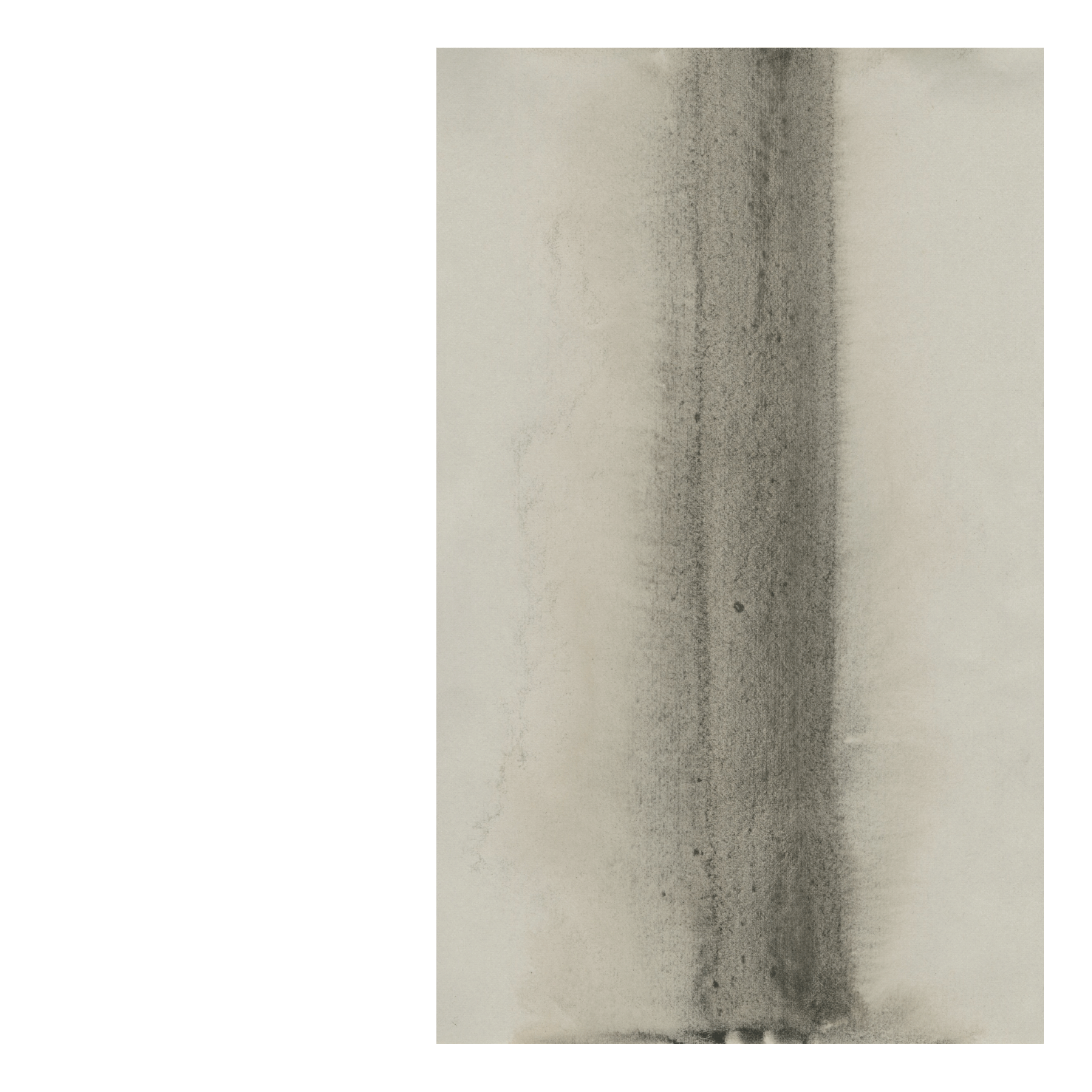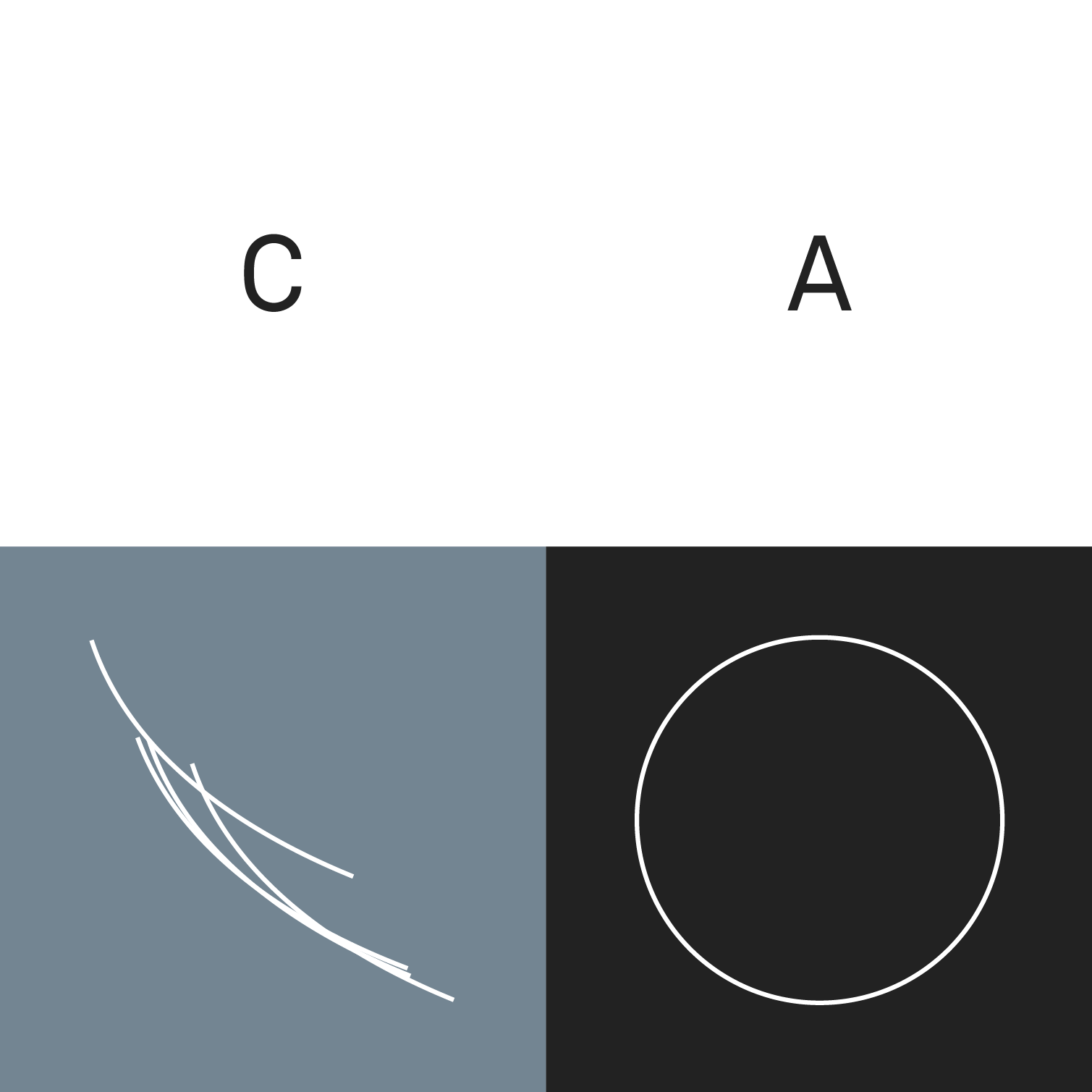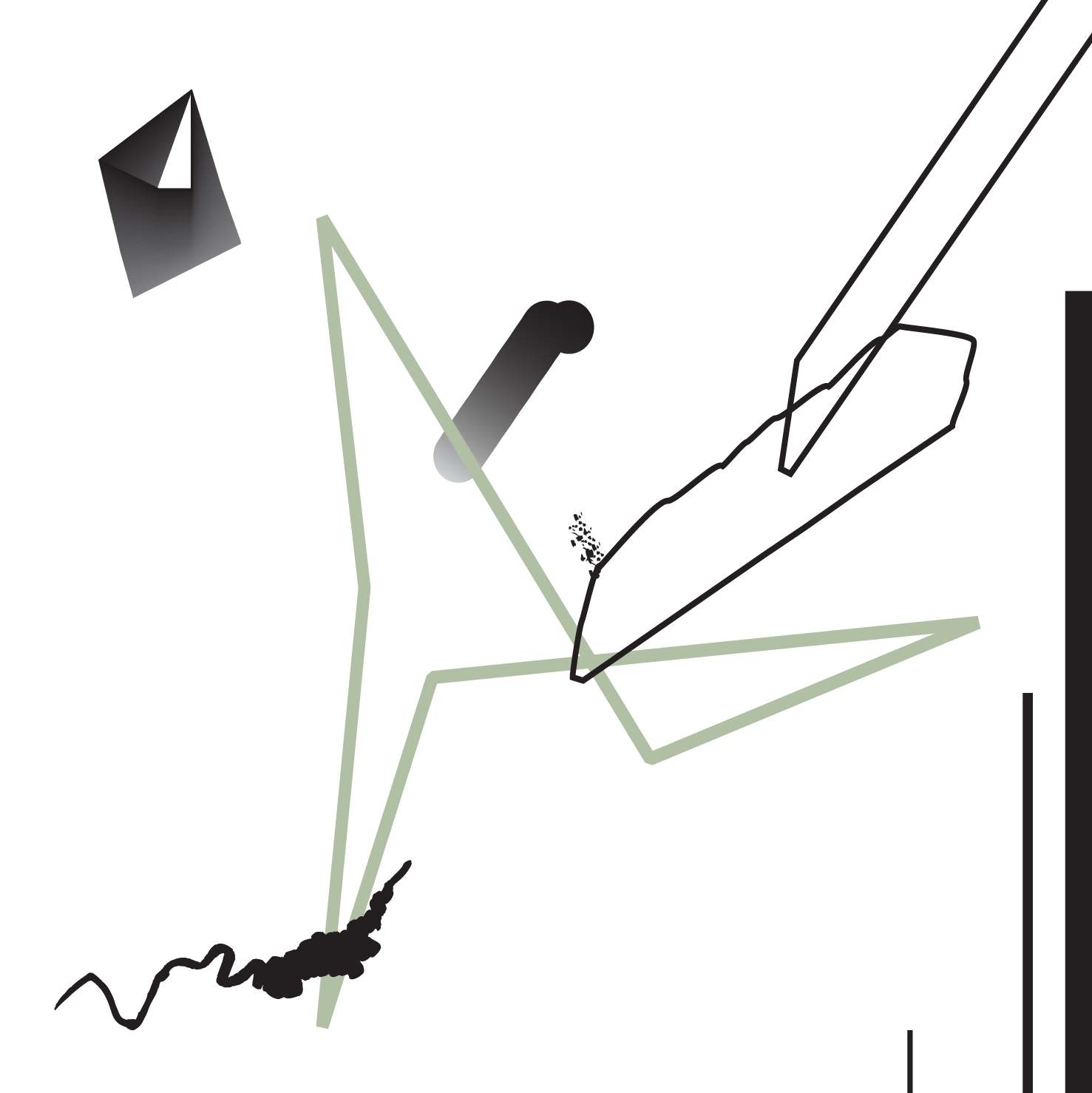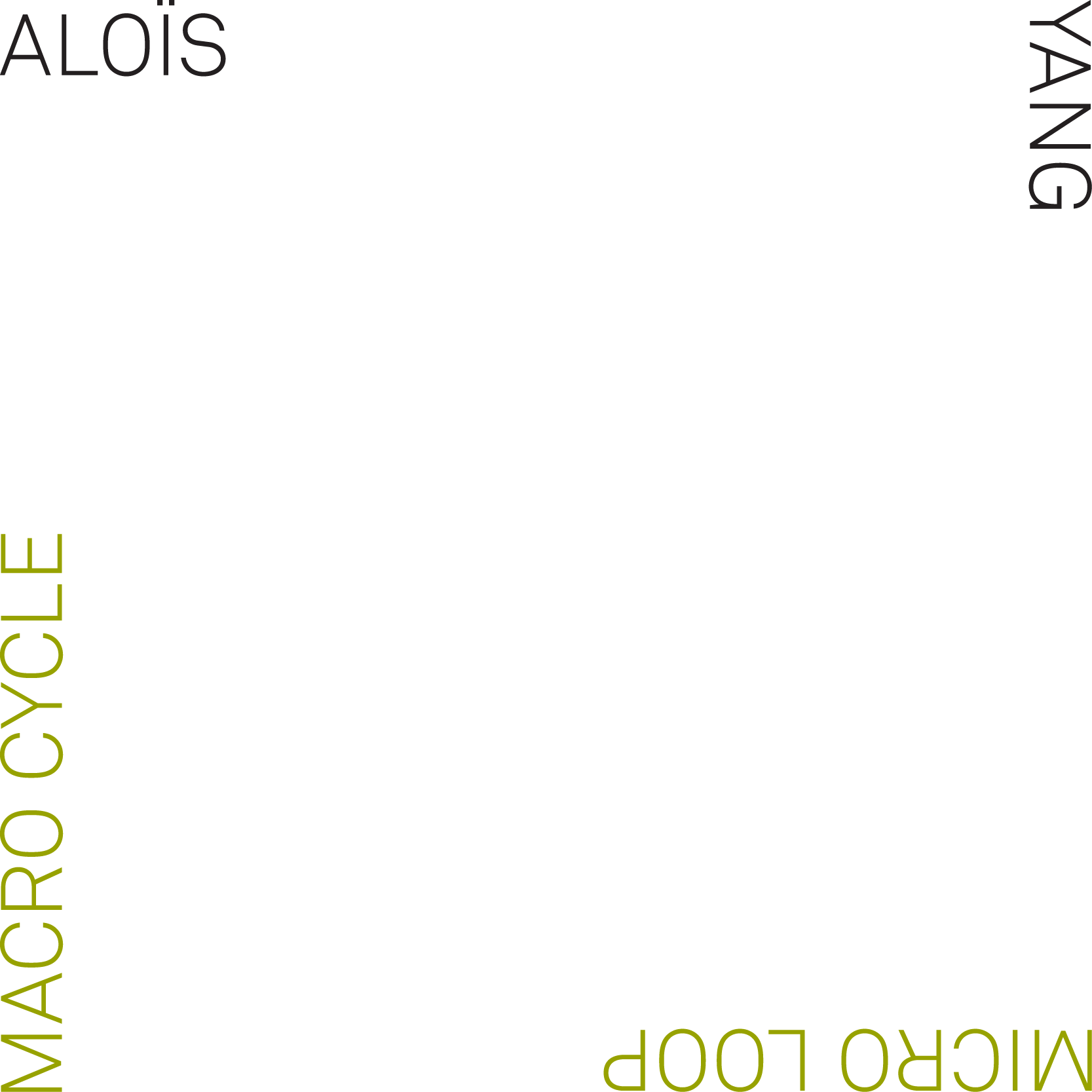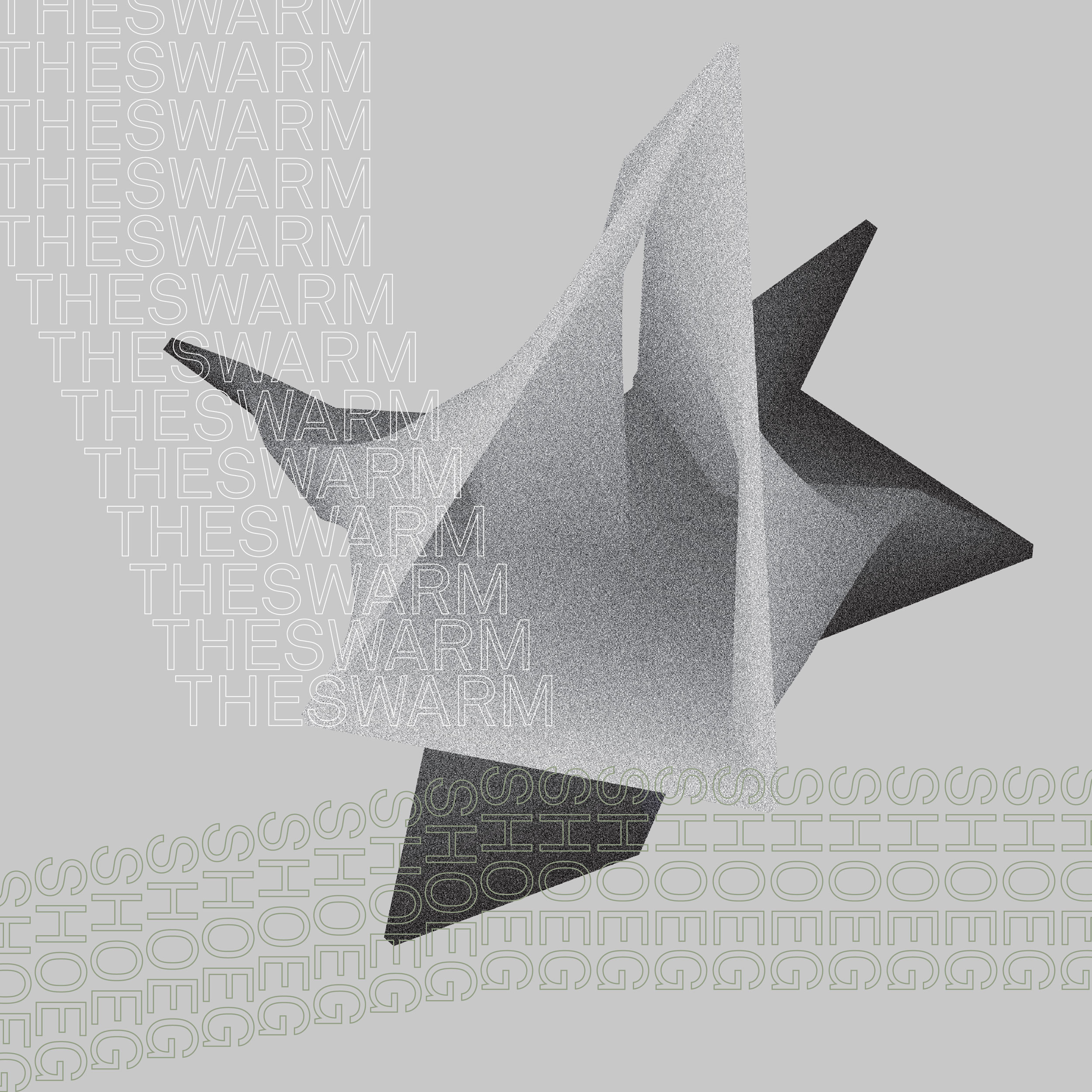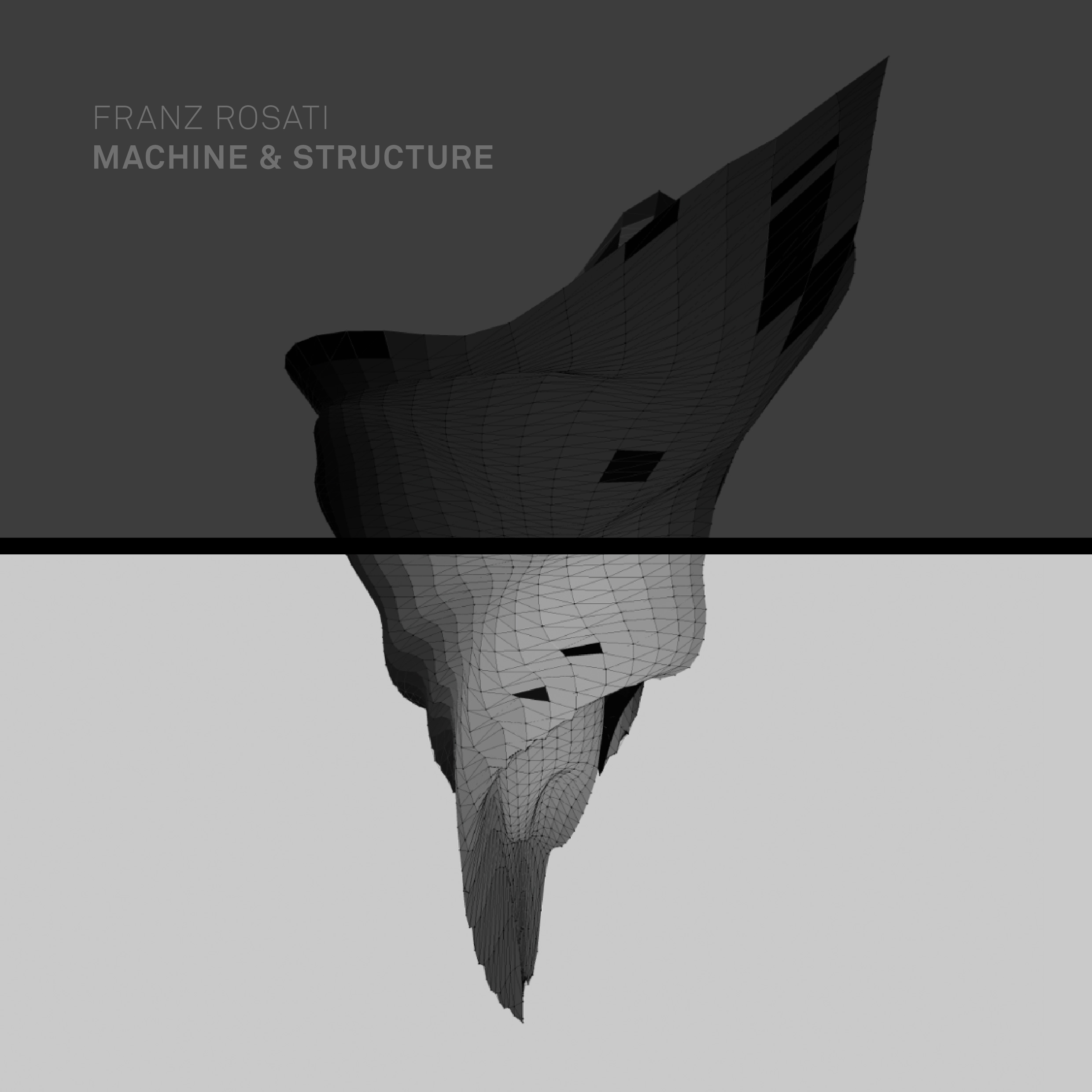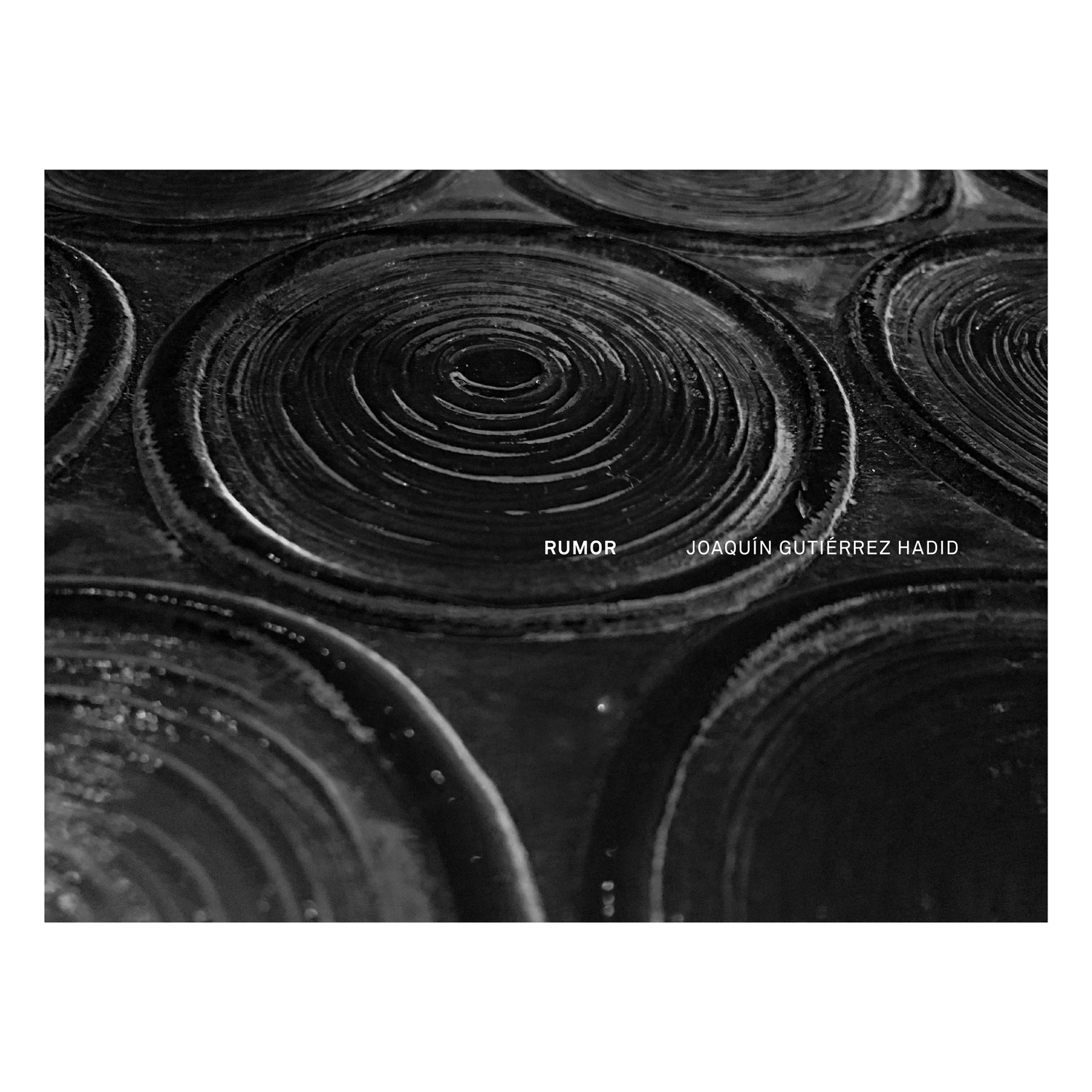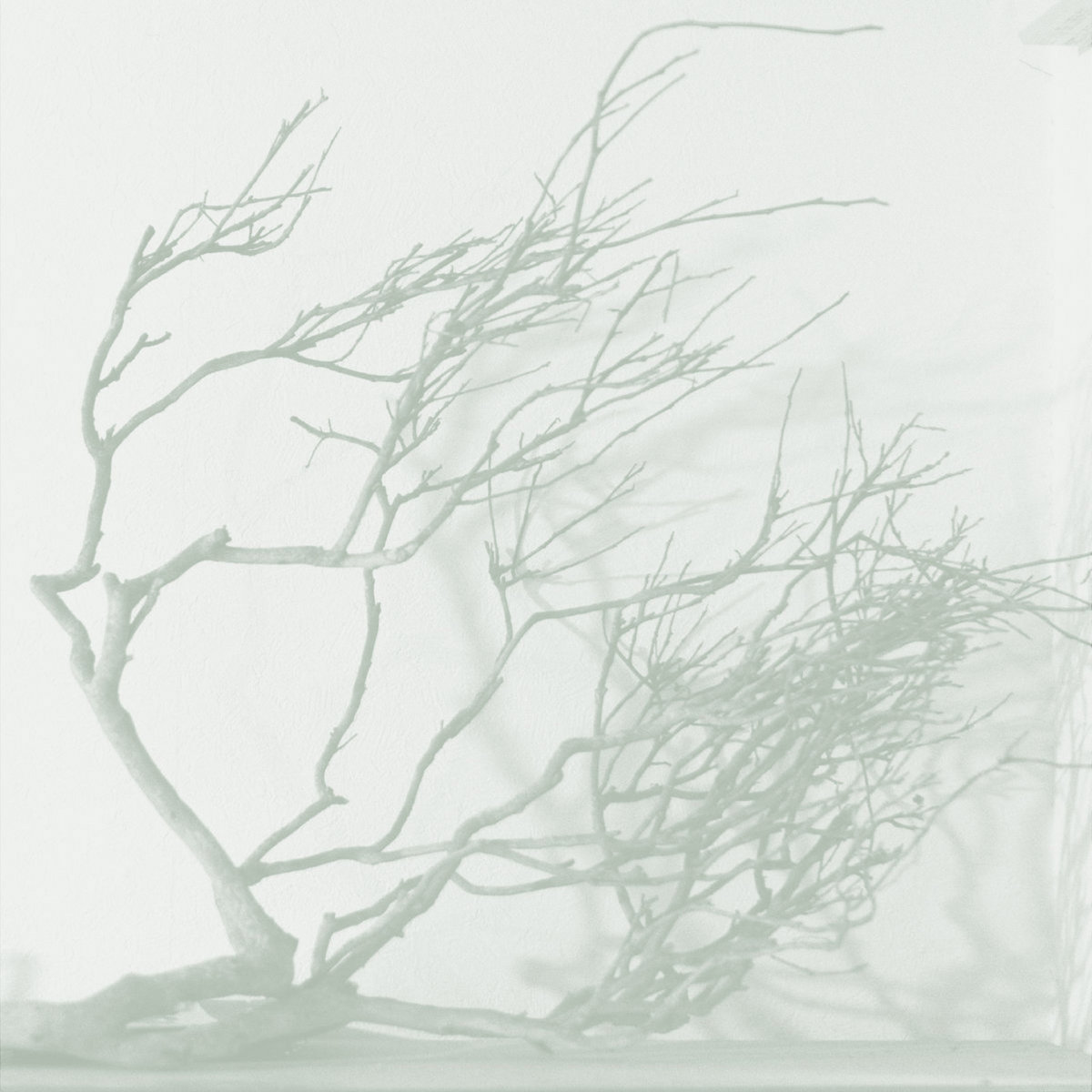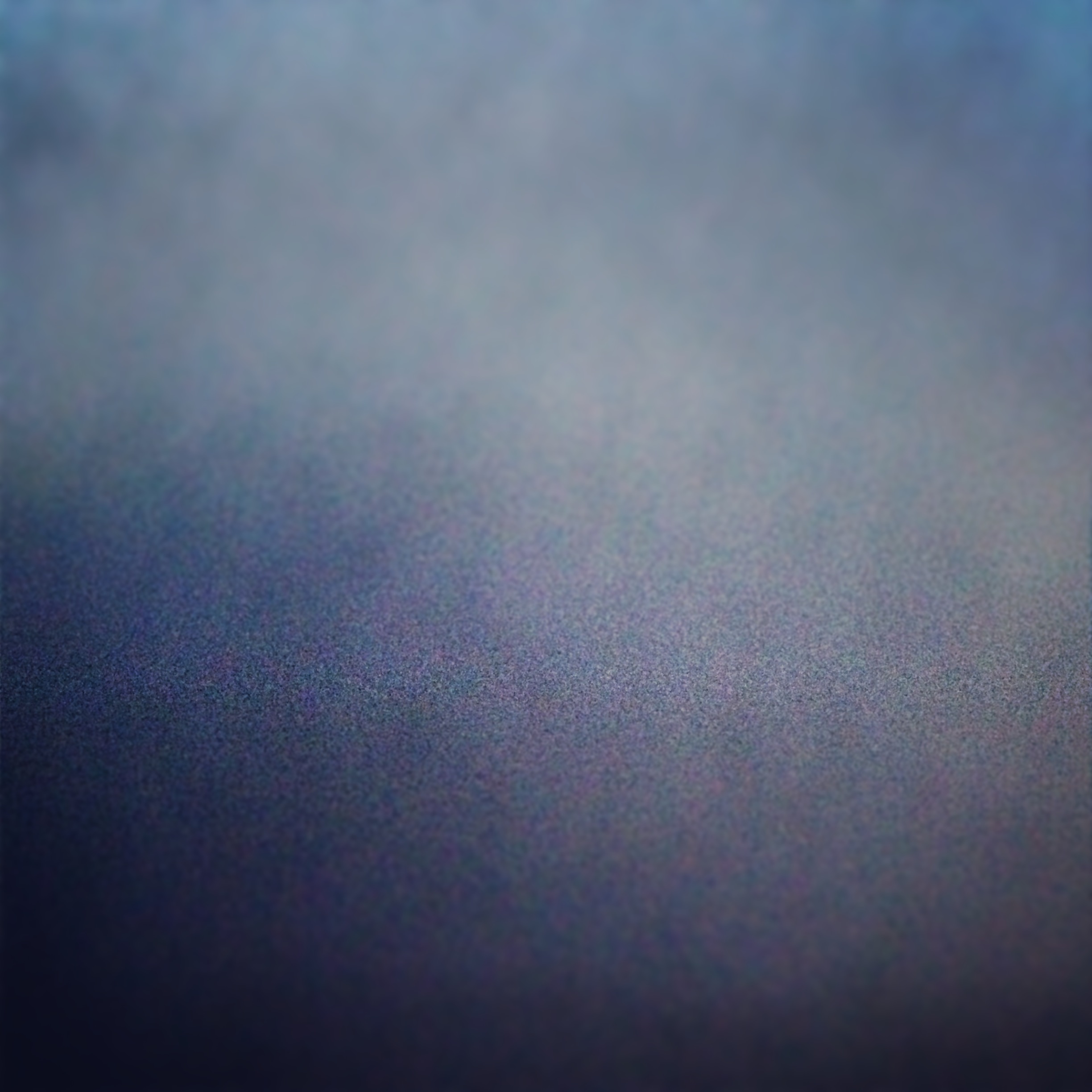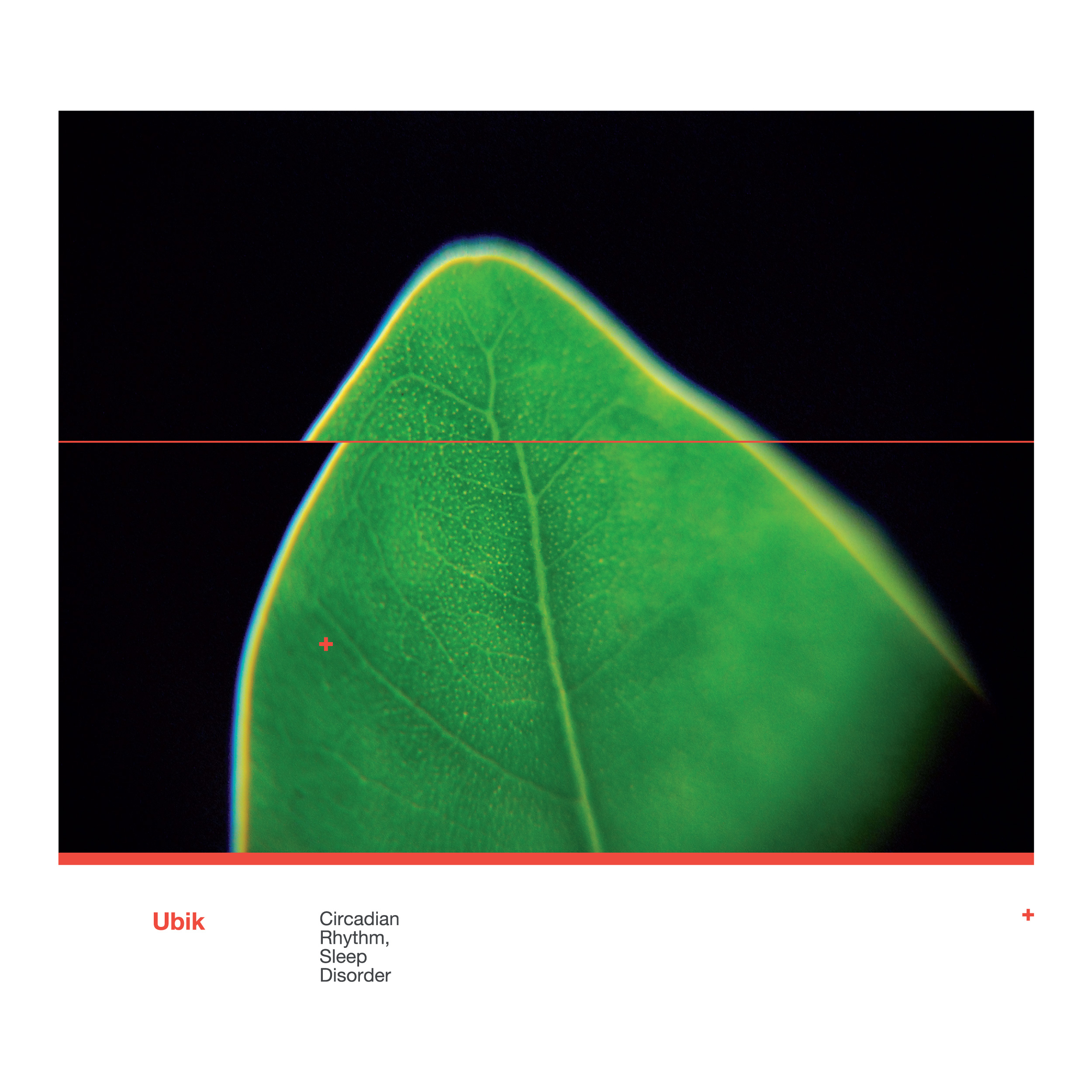Kangrinboqê
KAILASH
39’00”
SHINKEI, IT
LUIGI TURRA, IT
BOOK + DIGITAL RELEASE
CATALOGUE: F90118
EDITION: 100 COPIES
RELEASED MARCH 16, 2016
—
A5 (14,8 x 21 cm)
28 PAGES
SADDLE STITCHING ON THE LEFT SIDE
DOUBLE-SIDED PRINT
—
PHOTO: LUIGI TURRA
TEXT: DAVID SANI
ART DIRECTION & DESIGN: FABIO PERLETTA
1. Kailash
Kailash marks the second collaboration between Italian sound artists Shinkei (David Sani) and Luigi Turra. After the subtle investigation of Japanese aesthetics with the album “Yu” (Non Visual Objects, 2009), they embraced a new vision in their research, however still characterized by the same spiritual and extremely meticulous approach to the sound matter. They created an intimate, almost intangible yet tactile piece, taking aural cues from the eastern culture once again.
Mount Kailash is a peak in the Himalayan mountains of western Tibet. The source of some of the longest rivers in Asia, Kailash is considered a sacred place for four faiths: Hinduism, Buddhism, Jainism and the indigenous Tibetan religion of Bön.
Next to the mountain are two sacred lakes, Manasarowar and Rakshastal.
All four religions believe it would be an act of sacrilege to climb the mountain. So Mount Kailash its one of the few places on earth untouched by humans. Legend has it that the only person to have reached the summit is the Buddhist poet Milarepa in the 12th century, and that all others who have ventured died in the process.
According to Hindu mythology, Shiva, the god of destruction and regeneration, resides at the summit of a legendary mountain named Kailāśā. Mount Kailāśā is regarded in many sects of Hinduism as Paradise, the ultimate destination of souls and the spiritual center of the world.
Tibetan Buddhists believe that Kailash is the home of the Buddha Demchok, who represents supreme bliss. They also say it was on this sacred mountain that Buddhism displaced Bön as the primary religion of Tibet.
Every year, thousands make a pilgrimage to Kailash, following a tradition going back thousands of years. Pilgrims of several religions believe that ambulating around Mount Kailash will remove sins and bring good fortune. The pilgrimage around the sacred mountain is called the Kailash Kora.
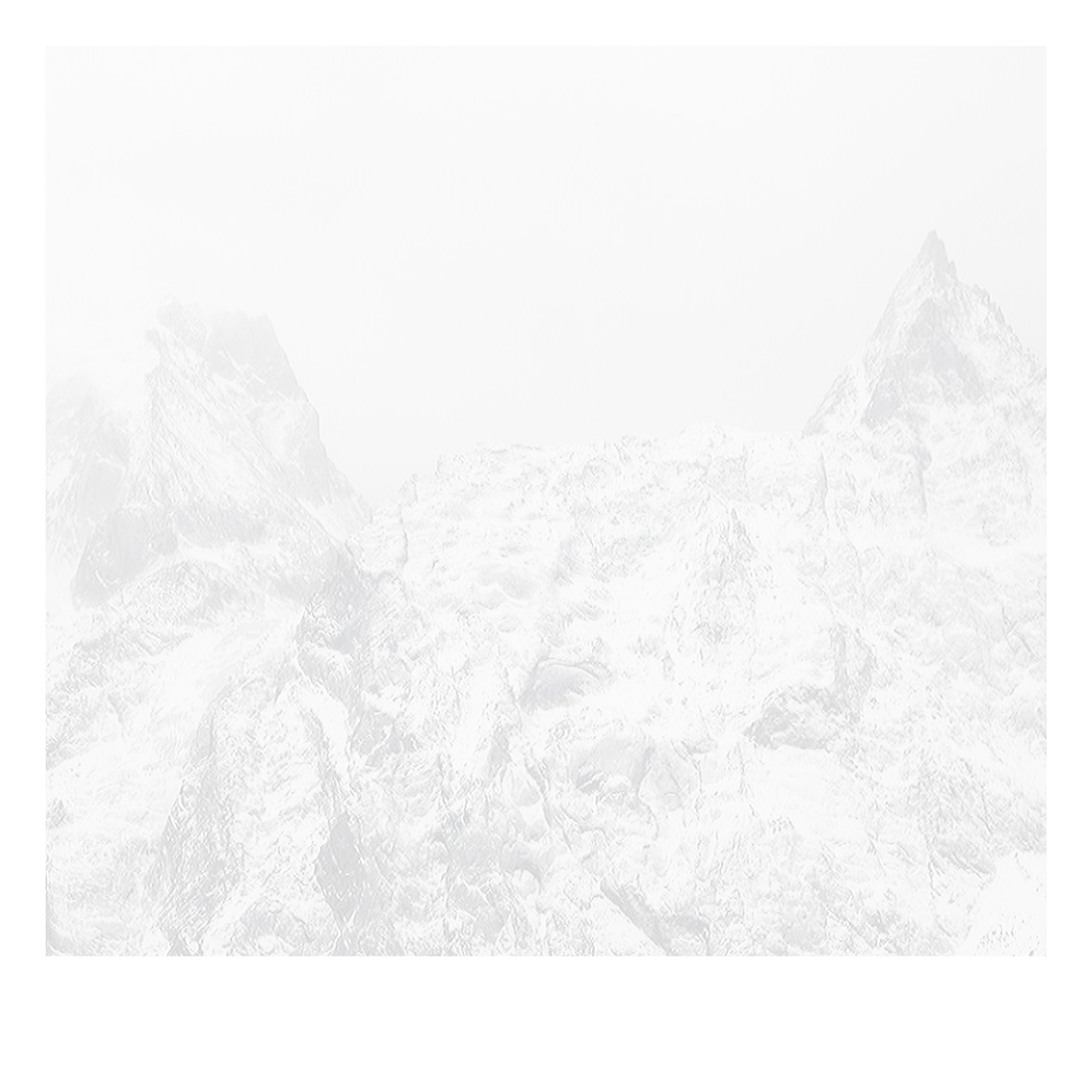

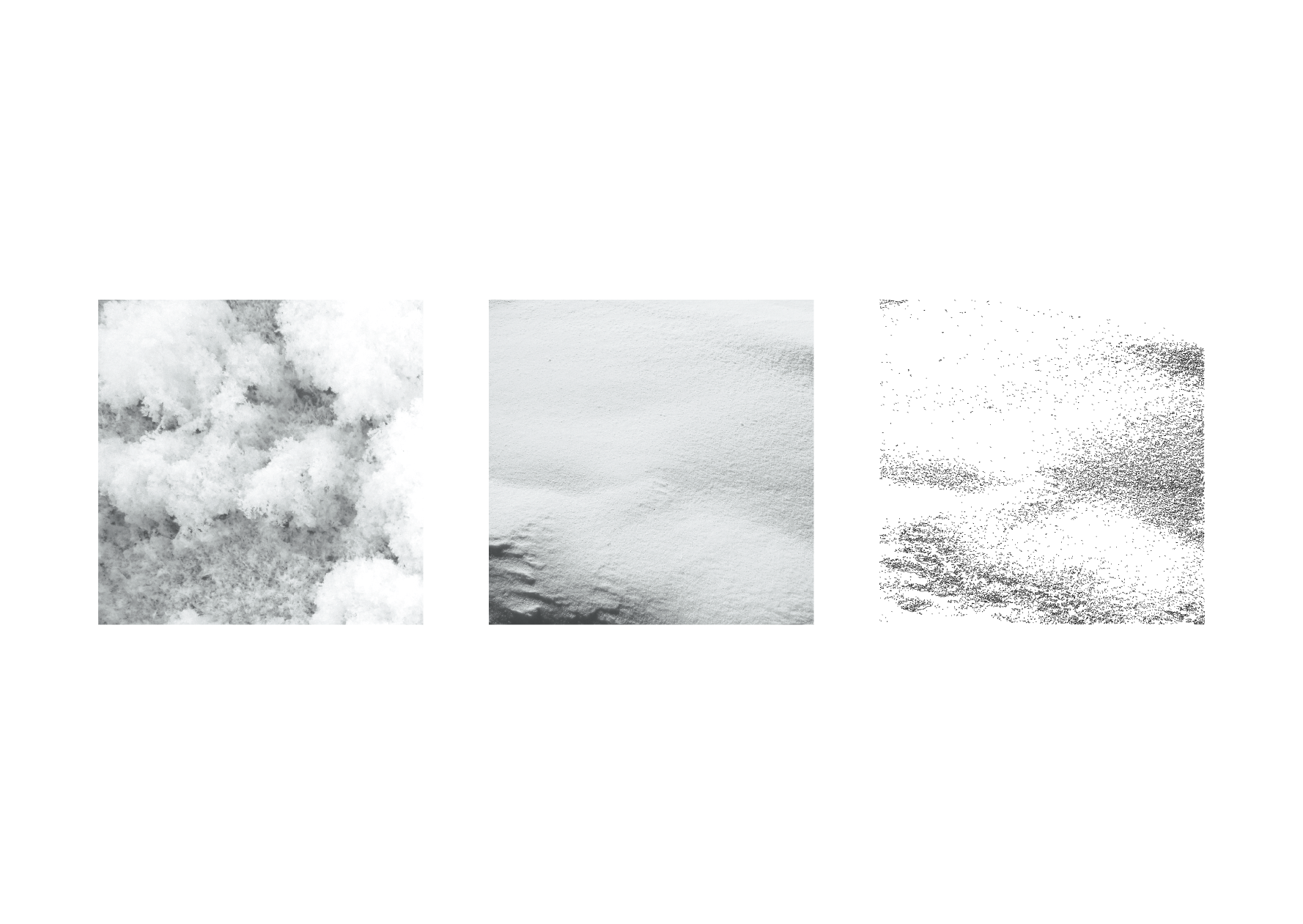

SHINKEI, IT [ ➔ ]
David Sani (Shinkei) was born in 1968 in the heart of Tuscany, Siena. In 2000 he started Microsuoni, mail-order and distribution of sound-art, focused mainly on minimalism in all its forms.
After the encounter with composer Luigi Turra in 2008, they founded the Koyuki label, devoted to publish lowercase and minimal sound compositions in limited edition cds or digital downloads. The debut of the label coincided with the first Shinkei cd release “Binaural Beats” a split with canadian artist Philip Lemieux.
Other recent works are “Biostatics” for the Transparent Radiation series on Bremsstrahlung, “Hidamari|Metrics” a split release with FOURM, and the first collaboration with Turra, YU for the austrian NonVisualObjects label.
LUIGI TURRA, IT [ ➔ ]
Luigi Turra (b. 1975) is a composer and graphic designer.
His main interest is in the aural balance between silence and tactile perception of sound.Trough the manipulation of concrete and acoustic sources, he develops acoustic paths in which listeners experience continuous pauses and subtly abrasive sound tensions. Starting from the capture of small sounds and noises, Luigi Turra creates pieces of music, that are references to beauty of the imperfection.
His work is published from labels such as Non Visual Objects (AT), and/OAR (US), Koyuki (IT), White Line (UK), LINE (US), Dragon’s Eye Recordings (US), Trente Oiseaux (DE) and Farmacia901 (IT).
NATHAN THOMAS / FLUID RADIO
Sound artists Shinkei (David Sani) and Luigi Turra first worked together on 2009’s “Yu”. The inspiration for their new collaborative venture is the Tibetan Himalayan mountain of Kailash, venerated as holy by at least four religions and left unclimbed because of this. Although setting foot on the mountain is considered a grave sin, thousands of pilgrims travel there every year to walk around it: Hindus and Buddhists in a clockwise direction, followers of Jainism and Bön counter-clockwise. The release consists of an artist’s book, with photography by Turra, text by Sani, and design by Fabio Perletta, and a forty-minute piece of music. The book contains abstract images and designs, some evoking mountain peaks and patterns of snow and ice, others so faint that it’s hardly possible to make out an image at all. In a way, the book could almost act as a score for the music (though I suspect it may have been the other way round): an enduring silence is occasionally broken by very quiet scrapings and cracklings, gentle resonances, thumps and thwacks, dripping or trickling, sliding of doors and chinking of utensils. Sometimes the sounds seem to occur in the echoey environment of a cave or canyon; at others, they hover indeterminately between possible identities, a faint buzzing pivoting from insect’s wings, to wind through leaves, to electronic fuzz. Through images, words, and music, Kailash is presented less as a purely material phenomenon of rocks and snow, and more as a state of mind or of the soul. In this sense, Sani and Turra perhaps treat the holy mountain with more respect and reverence than a more literal phonographic approach or mimetic composition would have permitted. Sometimes the sheer sparseness and vagueness of the music makes me lose the thread of its form, something related neither to volume nor to density or frequency of sound events, but rather to a certain clarity or directness that is sometimes lacking from “Kailash”. Perhaps, like the circling of the mountain on hands and knees performed by the faithful, listening to this music is a matter of discipline. Or maybe its peaks are intentionally hidden by a gentle blizzard of snow.
LEANDRO PISANO / BLOW UP #216
Doppia uscita per Farmacia901, la label del sound artist abruzzese Fabio Perletta, che da qualche anno ormai prosegue il suo coerente percorso nel solco di un minimalismo digitale che unisce una profonda ispirazione per la cultura giapponese e sensibilità per i (micro)suoni costruiti sulla soglia dell’inudibile. […] L’altro lavoro presentato in questa sede è il risultato di una nuova collaborazione tra i due artisti sonori David Sani aka Shinkei e Luigi Turra, che nell’occasione si ispirano alla montagna del Kailash, nel Tibet himalayano, luogo sacro per quattro religioni e per questo da ognuna di esse considerate come vetta inviolabile. Composto da un booklet con testi di Sani, foto di Turra ed impaginazione di Perletta e da un file audio digitale, “Kailash” è un’immersione nel silenzio, nelle risonanze e negli echi di un paesaggio in cui alla dimensione concreta e filologica del suono si sostituisce quella dell’immaginazione, innescata dall’apparizione di impercettibili segnali (crepitii, gocciolii, suoni lontani ed ovattati o che irrompono per poi svanire nell’invisibile) che scuotono l’immobile superficie del fondale acustico, mettendo l’ascoltatore di fronte al fascino della densità e della complessità di questa esperienza sonora.(8)

